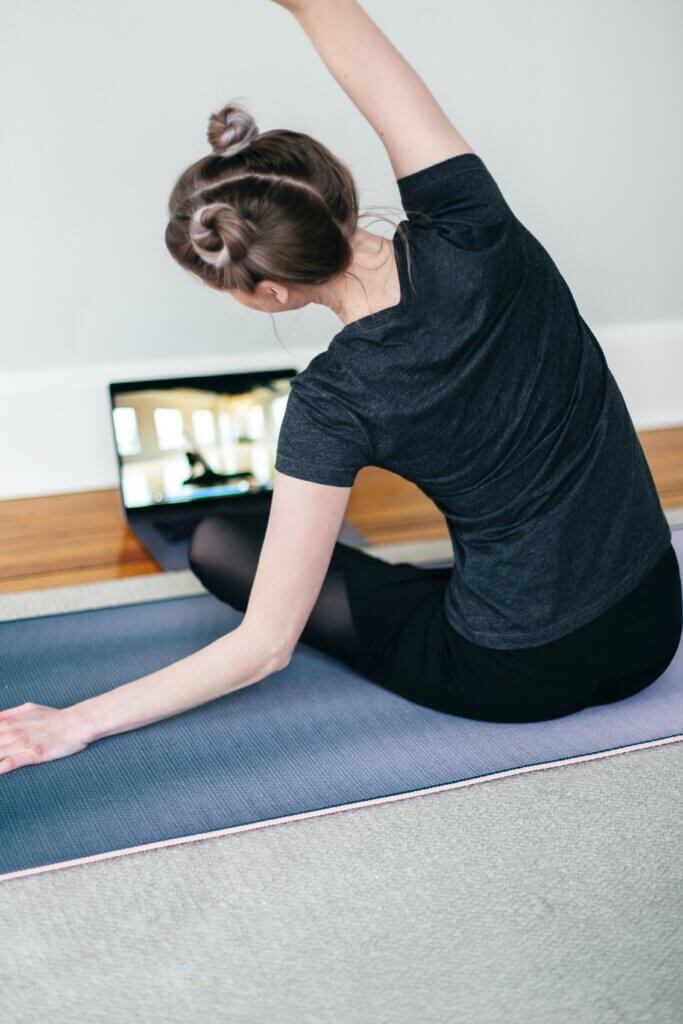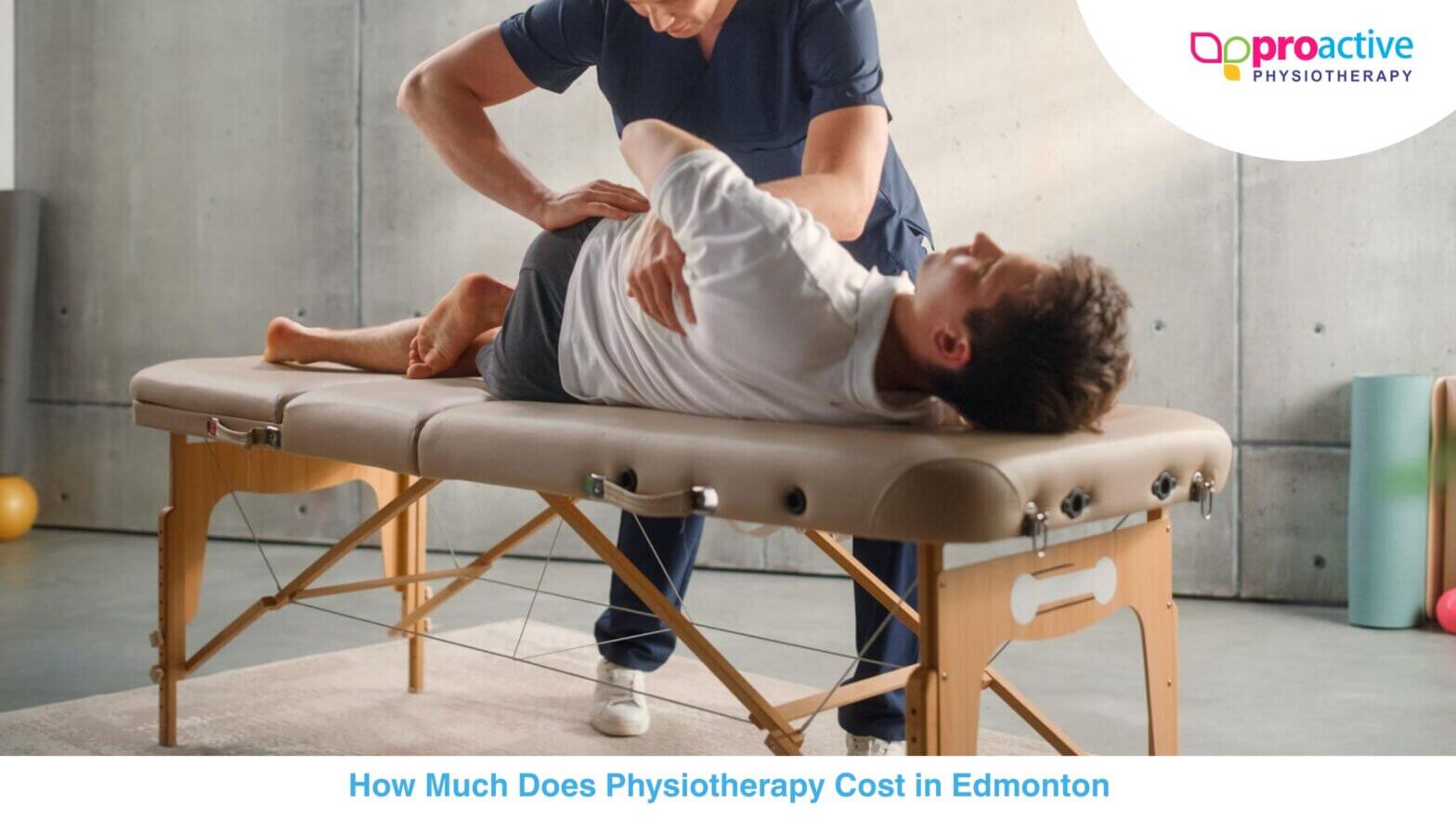When it comes to physical therapy rehabilitation, there are certain exercises that are absolutely essential for success. These exercises not only help to strengthen and improve mobility in the affected area but also work to prevent future injuries and ensure a smooth recovery.
First on the list is the classic squat. Squats work to improve lower body strength and flexibility while also engaging core muscles. By incorporating squats into your physical therapy routine, you’ll be better able to support your body weight and maintain balance when standing or walking.
The second exercise on our list is the plank. Planks are fantastic for building core strength and stability, which is critical for supporting proper posture and preventing back pain. In addition, planks can also help improve overall balance and coordination.
Third up is the push-up. While push-ups may seem like an exercise primarily aimed at upper body strength, they actually engage many of the same muscles as a plank – including those in your arms, shoulders, chest, and core. By working these muscles together through push-ups, you’ll be better able to maintain proper form during other exercises.
Fourth on our list is the lunge. Lunges help to strengthen leg muscles while also improving flexibility in hip joints – making them ideal for recovering from lower body injuries or surgeries.
Finally, we have the bridge. Bridges target glutes and hamstrings while also engaging your core muscles – helping to support your lower back and prevent further injury in that area.
By incorporating these five essential exercises into your physical therapy regimen, you’ll be well on your way to a successful recovery with improved strength, flexibility, balance and coordination!
Cardiovascular Exercise for Improved Recovery
When it comes to physical therapy rehabilitation, cardiovascular exercise might not be the first thing that comes to mind. However, incorporating this type of exercise into your routine can greatly improve your recovery process.
Cardiovascular exercise includes activities such as running, cycling, swimming, and even brisk walking. These exercises get your heart rate up and increase blood flow throughout your body. This increased blood flow delivers important nutrients and oxygen to your muscles, helping them recover faster from injury or surgery.
In addition to improving circulation, cardiovascular exercise can also help improve overall fitness levels. A stronger heart and lungs mean that you’ll have more endurance and stamina during other aspects of your physical therapy program.
Of course, it’s important to start slowly when incorporating cardiovascular exercise into your rehab routine. Work with a licensed physical therapist to determine what types of activities are safe for you and how much time you should spend on them each day.
Some examples of safe cardiovascular exercises for rehab patients include using a stationary bike or elliptical machine, taking short walks around the neighborhood, or participating in water aerobics classes.
By including cardiovascular exercise in your recovery plan, you’ll be doing yourself a favor both physically and mentally. Not only will you be helping your body heal faster but you’ll also feel accomplished knowing that you’re making progress towards better overall health.
Building Strength through Resistance Training in Physical Therapy
Resistance training is one of the most effective ways to build strength during physical therapy rehabilitation. This type of exercise involves using weights, resistance bands, or body weight to challenge and stimulate muscle growth. Not only does resistance training help improve overall strength but it also helps increase endurance, improve joint stability and range of motion.
One key aspect of resistance training during physical therapy is the concept of progressive overload. This means gradually increasing the amount of weight or resistance used during an exercise to ensure that muscles are constantly challenged and stimulated for growth. For example, starting with a lighter weight and gradually adding more weight over time can help avoid plateaus in progress.
Another benefit of resistance training is that it can be tailored to fit individual needs and goals. A physical therapist can work with patients to create an exercise plan that addresses specific areas of weakness, injury or limitation.
However, as with any form of exercise during physical therapy rehabilitation, it is important to start slowly and progress at a safe pace under the guidance of a licensed medical professional. Following proper technique and form will help ensure that exercises are performed correctly and safely to prevent further injuries.
In summary, building strength through resistance training is an essential component in successful physical therapy rehabilitation. With proper technique, progressive overload, and individualized plans tailored by physical therapists according to each patient’s needs, patients can greatly improve their strength and functionality for better quality living.
The Importance of Stretching in Physical Therapy Rehabilitation
Stretching is a crucial component in any physical therapy rehabilitation program. It plays a vital role in enhancing flexibility, range of motion, and overall mobility. Stretching helps improve blood circulation, reduces stiffness in muscles and joints, and keeps the body supple and balanced.
In physical therapy rehabilitation, stretching is used to help restore functional movement patterns by elongating tight muscles and correcting muscle imbalances. It helps retrain the nervous system to activate the correct muscles groups during functional activities.
Stretching is also essential for injury prevention. Tight muscles are more prone to injury as they are less able to absorb shock from sudden movements or impacts. By regularly incorporating stretching into your routine, you can reduce your risk of developing strains, sprains or other soft tissue injuries.
Moreover, stretching is a key element in reducing pain and discomfort associated with many conditions such as arthritis or back pain. It can help alleviate tension on nerves, reduce inflammation and increase joint lubrication.
Overall, incorporating stretching into your physical therapy rehabilitation program is an essential part of achieving long-term success in restoring mobility, strength, and functionality. So let’s get stretching!
Conclusion
In conclusion, a successful physical therapy rehabilitation program requires a comprehensive approach that includes cardiovascular exercise, resistance training, and stretching. These essential exercises work together to optimize recovery and build strength, while also preventing future injuries. Cardiovascular exercise improves blood flow and oxygenation, which supports tissue repair and faster healing times. Resistance training builds muscle strength and endurance, which helps patients regain mobility and function. Finally, stretching improves flexibility and range of motion, enhancing overall physical performance. By combining these exercises in a personalized physical therapy rehabilitation plan, patients can achieve long-term success in their recovery journey. It’s also important to consult with a licensed physical therapist to design a safe and effective program tailored to your individual needs.
FAQ
Can these exercises be modified for individuals with limited mobility?
Yes, a licensed physical therapist can modify these exercises based on an individual’s level of mobility and ability. They may recommend using assistive equipment or adjusting the exercise to make it more accessible.
Is it okay to incorporate other types of exercise into my physical therapy routine?
It is important to consult with a licensed physical therapist before incorporating any additional types of exercise into your routine to ensure that they are safe and effective for your specific condition and needs.
How often should I perform these essential exercises during my physical therapy rehabilitation?
The frequency and intensity of these exercises will depend on individual factors such as the type of injury or surgery being treated, current fitness level, and overall health. A licensed physical therapist can create a personalized plan that includes recommended frequency and intensity.
Are there any risks associated with resistance training during physical therapy rehabilitation?
Resistance training can pose a risk if not performed correctly or without proper guidance. It is important to work with a licensed physical therapist who can ensure proper form and technique to minimize the risk of injury.
How long does physical therapy rehabilitation usually last?
The duration of physical therapy rehabilitation varies depending on the individual’s condition, treatment goals, and progress. Some patients may require several months of therapy while others may see improvement within weeks. It is important to follow the recommendations of the healthcare professional overseeing your care for optimal results.




